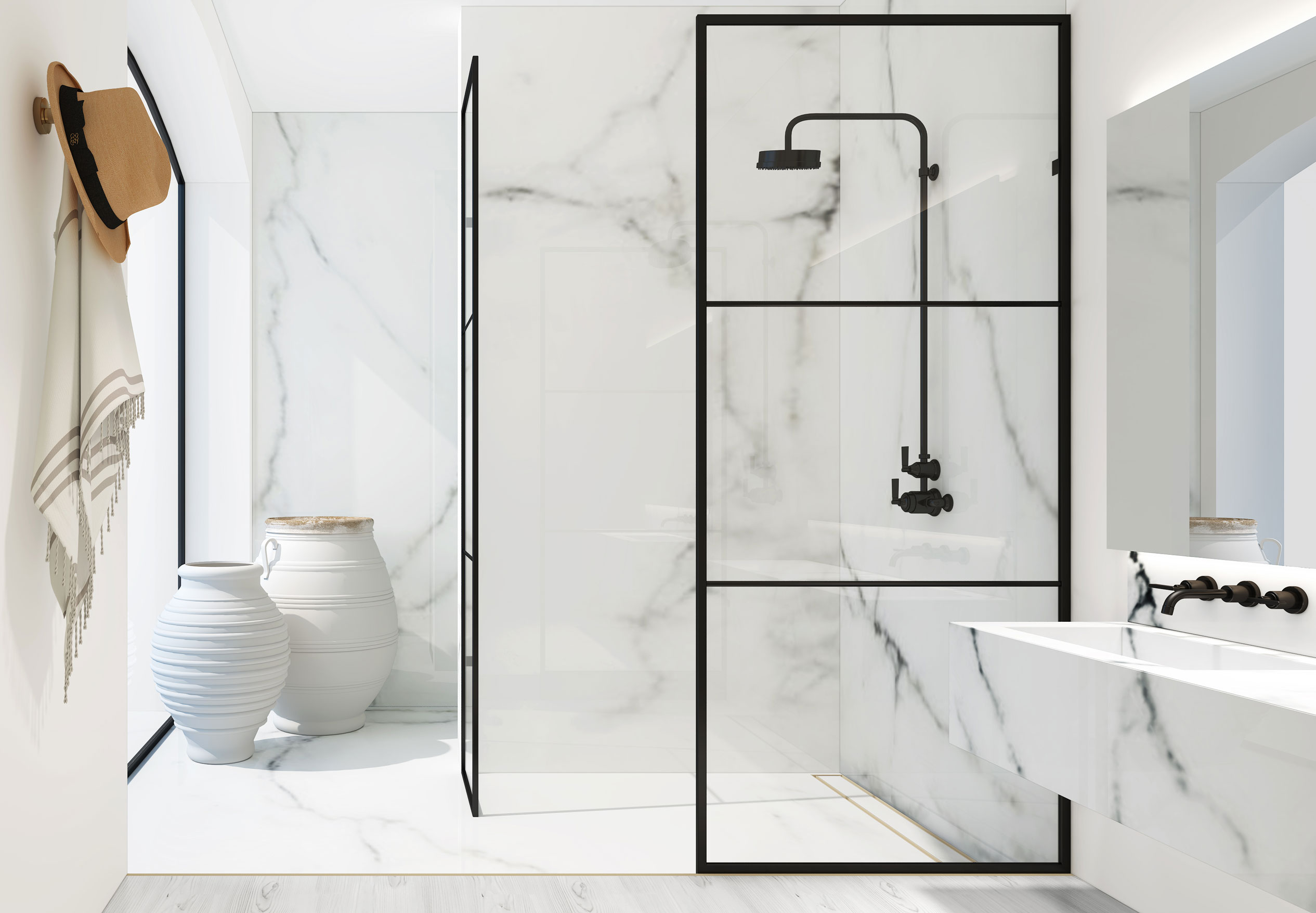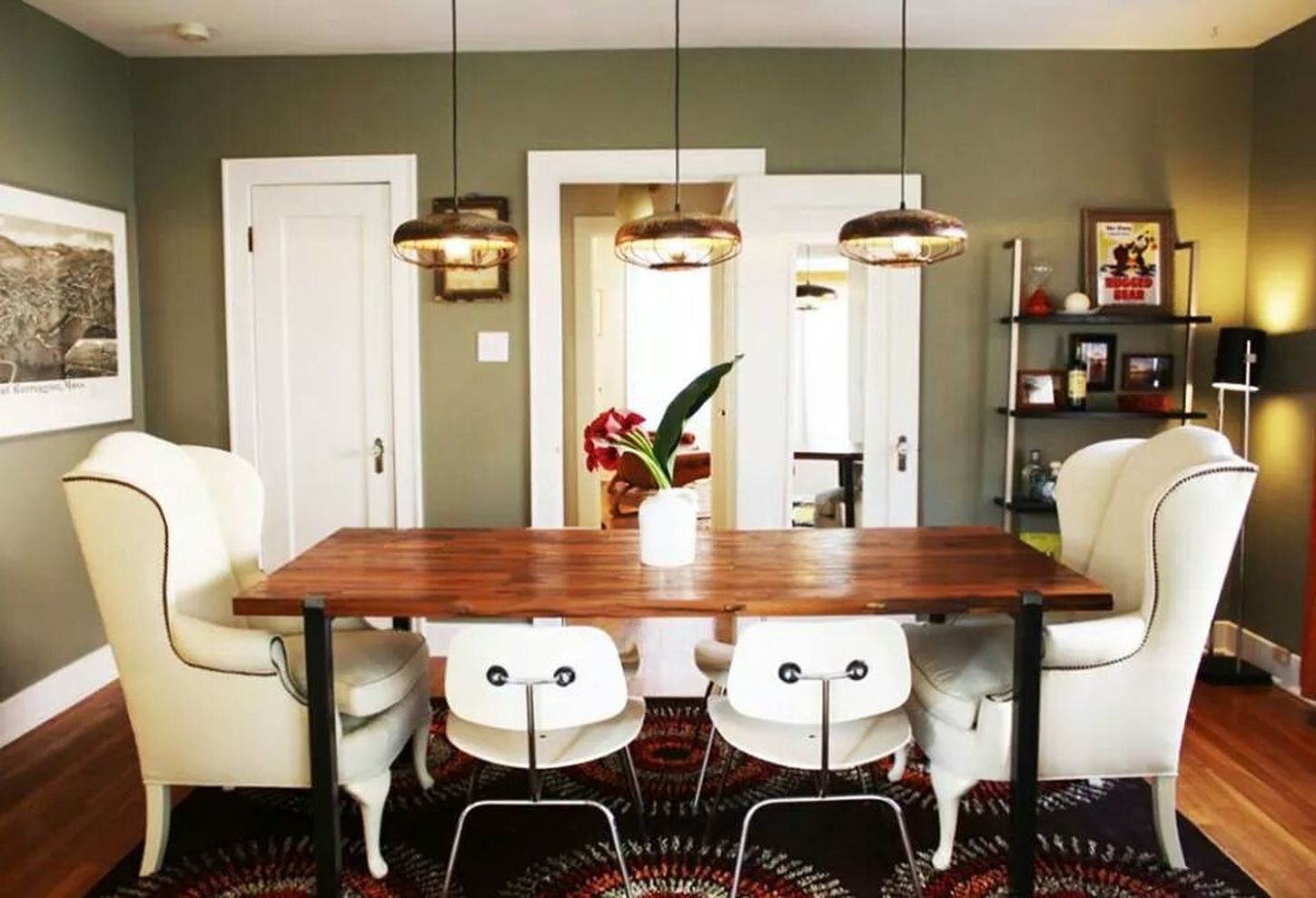Maximizing Space and Functionality: Low Ceiling Bathroom Designs

Designing a bathroom with a low ceiling presents unique challenges, but with smart planning and creative solutions, you can transform a cramped space into a functional and stylish oasis. By embracing space-saving fixtures, incorporating clever storage solutions, and employing visual tricks to expand the space, you can create a bathroom that feels airy and inviting, despite the ceiling height.
Space-Saving Fixtures and Furniture
Choosing the right fixtures and furniture is crucial for maximizing space in a low-ceiling bathroom. Opting for compact and multi-functional pieces can make a significant difference.
- Compact Sinks: Consider pedestal sinks or wall-mounted vanities, which minimize floor space and create a sense of openness.
- Wall-Hung Toilets: These toilets eliminate the need for a bulky base, maximizing floor space and creating a cleaner, more streamlined look.
- Corner Showers: Corner showers maximize space by utilizing a corner of the bathroom, leaving more room for other fixtures or storage solutions.
- Foldable Shower Seats: These seats provide convenience and accessibility without taking up valuable space when not in use.
- Slim Storage Cabinets: Opt for tall, narrow cabinets that maximize vertical space and minimize floor footprint.
Visual Expansion Techniques
Creating the illusion of a larger space is essential in a low-ceiling bathroom. Employing visual expansion techniques can significantly impact the perceived size of the room.
- Light Colors: Using light and neutral colors on walls and ceilings can make the space appear larger and more airy. Consider shades of white, cream, light gray, or soft pastels.
- Mirrors: Strategically placed mirrors can reflect light and create the illusion of depth, making the bathroom feel more spacious. A large mirror above the sink is a classic choice, while smaller mirrors can be placed on the walls to further enhance the effect.
- Vertical Elements: Incorporating vertical elements, such as tall cabinets, vertical tiles, or striped wallpaper, can draw the eye upwards, creating the illusion of higher ceilings.
Optimizing Storage Solutions
Storage is essential in any bathroom, but even more so in a low-ceiling space. Maximizing storage opportunities is key to keeping the bathroom organized and clutter-free.
- Vertical Storage: Utilize vertical space by installing tall cabinets, shelves, and organizers. This maximizes storage capacity without taking up valuable floor space.
- Under-Sink Storage: Maximize under-sink space with pull-out drawers, shelves, or organizers. This keeps toiletries and other items neatly organized and out of sight.
- Wall-Mounted Storage: Wall-mounted shelves, baskets, and hooks provide additional storage without taking up floor space. These are perfect for storing towels, toiletries, and other frequently used items.
- Over-the-Toilet Storage: Over-the-toilet shelves or cabinets are a great way to add storage space without compromising floor area.
Showerhead Options for Low-Ceiling Bathrooms
The type of showerhead can significantly impact the functionality and comfort of a low-ceiling bathroom.
| Showerhead Type | Suitability for Low-Ceiling Bathrooms | Advantages | Disadvantages |
|---|---|---|---|
| Rain Showerhead | Less suitable | Provides a luxurious, spa-like experience | Can feel overwhelming in a small space and may not be as effective for rinsing off |
| Handheld Showerhead | Highly suitable | Offers flexibility and control, making it easier to reach all areas of the body | May require additional installation and can be less aesthetically pleasing |
| Combination Showerhead | Highly suitable | Combines the benefits of a rain showerhead and a handheld showerhead | Can be more expensive than other options |
Creating a Sense of Height and Airiness

A low ceiling can make a bathroom feel cramped and claustrophobic. However, with clever design strategies, you can create a sense of height and airiness, even in a small space.
Using Vertical Lines and Tall Windows
Vertical lines draw the eye upwards, creating the illusion of greater height. You can incorporate vertical lines into your bathroom design through various elements:
- Tall Mirrors: Mirrors reflect light, making the space feel larger and brighter. A tall, full-length mirror placed on a wall can create the illusion of height.
- Striped Wallpaper or Tiles: Vertical stripes on wallpaper or tiles can visually extend the height of the walls.
- Tall Cabinetry: Choose tall, narrow cabinets instead of wide, low cabinets. This will help to create a sense of verticality and maximize storage space.
- Floor-to-Ceiling Windows: If your bathroom has a window, consider replacing it with a taller one that extends to the ceiling. Natural light will flood the space, making it feel more open and airy.
Light Fixtures That Enhance Verticality, Low ceiling bathroom designs
The right lighting can significantly impact the perceived height of a space.
- Pendant Lights: Pendant lights that hang from the ceiling create a sense of verticality. Choose pendant lights with long, slender cords or chains for maximum impact.
- Chandeliers: A chandelier with a tall, narrow design can also add height to the room. Look for chandeliers with multiple tiers or crystals that hang vertically.
- Recessed Lighting: Recessed lighting can be installed in the ceiling to create a more even and diffused light, making the space feel larger and more open.
Minimizing the Visual Impact of a Low Ceiling
- Light Colors: Light colors, such as white, cream, and pale blues, reflect light and make the space feel larger. Avoid using dark colors, which can make the ceiling feel lower.
- Avoid Heavy Furniture: Heavy, bulky furniture can make a small bathroom feel even smaller. Opt for sleek, minimalist furniture that doesn’t overwhelm the space.
- Use Glass Shower Doors: Glass shower doors allow light to pass through, making the bathroom feel more open and airy.
Bathroom Flooring Materials for Low-Ceiling Spaces
| Material | Suitability for Low-Ceiling Spaces | Pros | Cons |
|---|---|---|---|
| Tile | Good | Durable, easy to clean, wide range of styles and colors | Can be cold underfoot, may be noisy |
| Wood | Good | Warm and inviting, adds natural beauty | Can be expensive, requires regular maintenance |
| Laminate | Good | Affordable, easy to install, wide range of styles | Not as durable as tile or wood |
| Vinyl | Good | Water-resistant, easy to clean, affordable | Can feel cheap, may not be as durable as other options |
| Carpet | Not Recommended | Soft and comfortable | Can trap moisture, difficult to clean, not suitable for wet areas |
Using Mirrors to Reflect Light and Enhance the Sense of Space
- Mirrors can reflect light, making a room feel brighter and more spacious. A large mirror placed opposite a window will reflect natural light, creating the illusion of a larger space.
- Mirrors can also be used to visually expand the walls, making the ceiling appear higher. A tall, narrow mirror placed on a wall can create the illusion of height.
- Mirrors can be used to create a focal point in the bathroom, drawing the eye upwards and away from the low ceiling.
Styling and Aesthetics

A well-designed bathroom, even with a low ceiling, can create a sense of spaciousness and tranquility. The key is to select a cohesive color palette and design theme that complements the low ceiling height and enhances the overall ambiance.
Popular Bathroom Styles for Low Ceilings
Choosing the right bathroom style can significantly impact the perception of space. Here are a few popular styles that work well with low ceilings:
- Minimalist: This style emphasizes clean lines, simple shapes, and a neutral color palette. Minimalist bathrooms often feature sleek fixtures, open shelving, and a lack of clutter. The absence of excessive ornamentation helps create a sense of openness, even in a small space.
- Scandinavian: Known for its light and airy aesthetic, Scandinavian style incorporates natural materials like wood and stone, along with soft, muted colors. The use of light wood tones and white walls can make a small bathroom feel larger and brighter.
- Farmhouse: With its rustic charm, farmhouse style features warm wood tones, distressed finishes, and natural textures. The use of open shelving and vintage accents can add visual interest without overwhelming the space.
Decorative Elements for Low Ceilings
While it’s essential to avoid excessive ornamentation, incorporating decorative elements strategically can enhance the aesthetic appeal of a low-ceiling bathroom:
- Mirrors: Large mirrors can visually expand the space and create a sense of depth. Consider using a mirror with a simple frame or a large, frameless mirror to maximize the reflective surface.
- Lighting: Proper lighting is crucial for creating a welcoming and spacious atmosphere. Install a combination of overhead and task lighting, such as sconces or vanity lights, to illuminate the room effectively.
- Plants: Adding a few strategically placed plants can bring a touch of life and color to the bathroom. Choose small or trailing plants that won’t overwhelm the space.
- Wall Art: Instead of large, bulky artwork, opt for small-scale pieces or prints that complement the overall style. Consider using wall decals or framed photographs for a minimalist approach.
Bathroom Accessories for Low Ceilings
The selection of bathroom accessories can greatly influence the overall look and functionality of a small space. Here is a table outlining different types of bathroom accessories and their suitability for low-ceiling spaces:
| Accessory Type | Suitability for Low Ceilings | Tips |
|---|---|---|
| Towel Bars | Suitable | Choose sleek, minimalist designs. Opt for towel bars mounted on the wall rather than freestanding towel stands. |
| Toilet Paper Holders | Suitable | Consider wall-mounted holders or compact freestanding options. Avoid bulky, oversized holders. |
| Soap Dispensers | Suitable | Choose wall-mounted dispensers or compact countertop options. |
| Storage Baskets | Limited | If using storage baskets, select small, lightweight options that can be stacked or hung on the wall. |
| Vanity Cabinets | Suitable | Choose vanity cabinets with ample storage space but avoid bulky, oversized designs. Consider using open shelving for additional storage. |
Low ceiling bathroom designs – Low ceiling bathrooms present unique design challenges, but with careful planning, they can still be transformed into stylish and functional spaces. A key aspect of maximizing space in such a room is understanding how to visually enhance the height.
For those interested in exploring 3D modeling for interior design, a helpful resource is this 3ds max tutorial interior architectural design bathroom which provides practical guidance on creating realistic bathroom designs. By understanding the principles of virtual design, you can apply them to real-life bathroom projects, even those with low ceilings, and create a space that feels both spacious and inviting.
Low ceiling bathroom designs can be tricky, but they don’t have to be cramped. By focusing on maximizing vertical space and incorporating clever design tricks, you can create a functional and stylish space. Inspiration can be drawn from current commercial bathroom design trends , which often prioritize sleek lines, minimalist fixtures, and the use of light-colored materials to create an illusion of spaciousness.
These trends can be adapted to smaller, low-ceiling bathrooms, making them feel larger and more inviting.